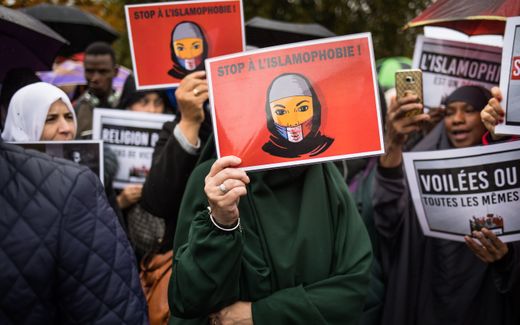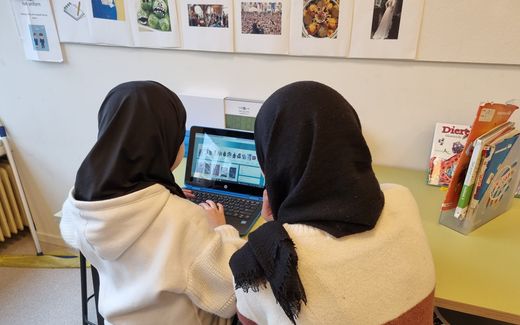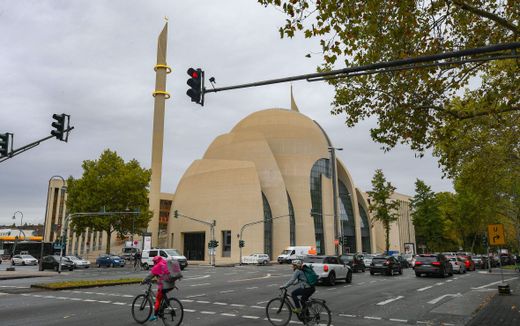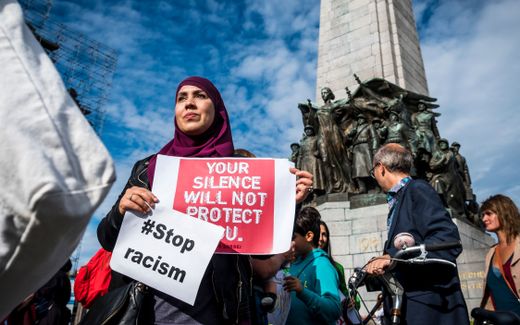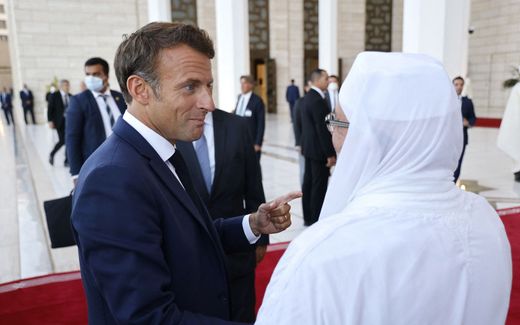Muslim abaya under scrutiny in France’s schools
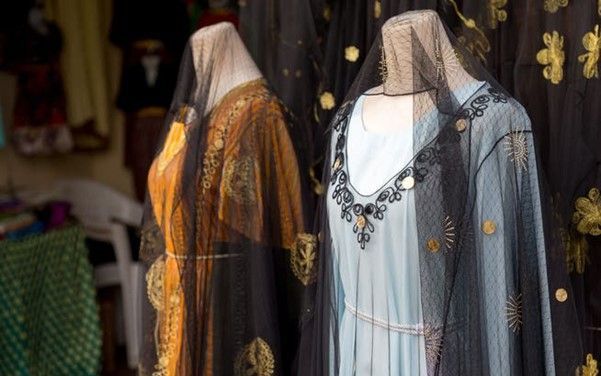
Photo Viktoryia Vinnikava, EyeEm, Getty
Western Europe
The Muslim so-called abaya has been called into question among the country’s teachers.
The floor-length dress, which is worn by Muslim women around the world, was initially not considered to classify as religious clothing. However, as reported by RFI, many French teachers see the robe as a violation of the country’s secularist values (“Laicite”).
According to its Ministry of Europe and Foreign Affairs page, its laws on secularism include a ban on “attire displaying religious worship” in its schools. In 2022, the French Ministry of Education reported at least 313 violations that have gone against its regulations on secularism. Over half of the cases occurred in high schools and at least 54 per cent involved “religious signs and clothing.”
Among the reports have been girls wearing abayas and the boys donning gamis. Both are “traditional Muslim tunics” that are worn over clothes. Dominique Schapper, who is head of an advisory body on “Laicite” within its schools, says that while the abaya is not a direct sign of Islam, it is being used for purposes outside of Islam.
“They are being used in a political way, as a recognition of religious identity, and therefore fall under the 2004 law that bans ostentatious religious insignia,” he said.
Circumvent
Gwenael Surel, who is the head of a large high school in western France, says that more girls are wearing the abaya in 2022 compared to 2021. Last year in September, 15 female students showed up in abayas at their school. Surel said that this was an organised attempt to “circumvent the law,” as it was difficult for them recognise that they were wearing religious attire.
“You can find these large tunics in very European-type shops,” she said. “So, they try and turn it into an issue of colour and shape, saying it’s just a tunic,” she said.
The increase has also been fuelled by TikTok influencers who have encouraged Muslim girls to stay at home rather than go improperly dressed to school. The Ministry of Education is also working with the Ministry of Interior to combat the rising number of “Islamist agitators” who have been popping up on the video-sharing site.
Cartoons
According to NZZ, Samuel Paty’s death has led to “a paradigm shift” across the country’s schools. In 2020, the secondary school teacher was beheaded by a radical Islamist after showing cartoons of Mohammed. As a result, advisory committees have been set up in some districts to inform educators on how to enforce secularist values.
However, many teachers are still uncertain as to how to apply “Laicite” in their schools. More teachers, especially the younger ones, are choosing to “avoid conflict,” according to a survey by the Ifop Institute However, most teachers want to see tighter regulations. At least 68 percent view “abaya” or the “kamis” as having a religious connotation.
What is more, “Laicite” can also apply to Christian symbols such as wearing “large crosses.” Crosses were included in the ban in 2004. Additionally, those who attempt to wear clothing with “religious connotations” or attempt to “proselytise” can be in danger of breaching the regulations.
Related Articles


